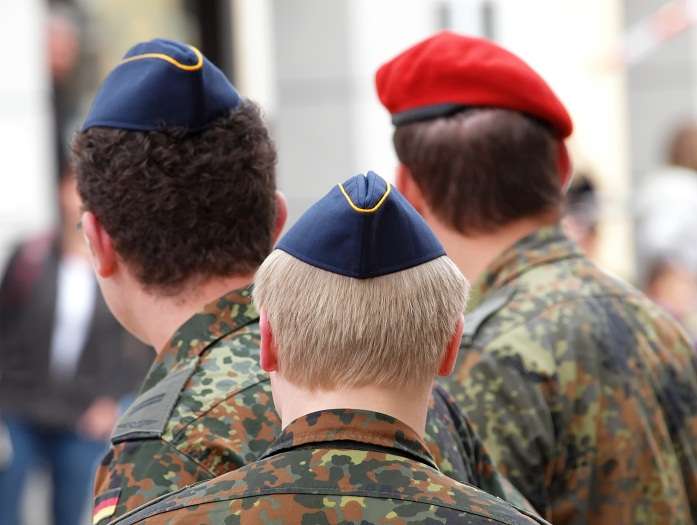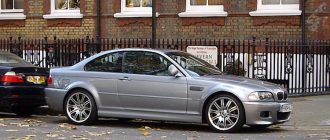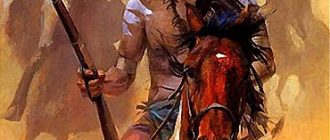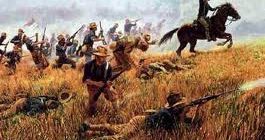German Army peaked hats made their appearance during 1814-1815, when they were used by the Prussian Army Officers, and were later adopted as standard head gear by non-military officers as well. Read our guide for more facts and information…
Peaked caps formed the standard headgear of Russian Army officers since the year 1811. They were designed to replace the kepis and helmets worn earlier, and towards the 20th century they became common in the navy and air force. Soon after, police forces and other law enforcement agencies started using them. Also known as forage caps, combination caps or visor hats, they become popular as they were practicable and much smarter than the traditional headgears.
Origin of the German Army peaked hat
During the Imperial Era, German Army officers wore attractive uniforms with conspicuous head gears. Traditional German Army headgears had two cockades on them — one to represent the empire, and the other to represent the individual province. They were usually ornamental with plumes and furs, and grenade men wore high-peaked hats, posing a fearful appearance. During the 1800s, the German Army wore the well-known German Pickelhaulbe, which is a spiked helmet made of leather. It had a chin strap running on the visor of the helmet to provide support and adjustment. The chin straps were also of leather, but those of the elite troops and officers were made of brass and appeared as golden threads.
Features of German Army peaked hat
The base of the peaked hat has a cap band, which determines the size of the hat. The top is bigger and flares out in a circular or elliptical shape, reaching the visor positioned in the front. A brim i.e., the visor is attached to the front base of the cap band in order to shade the eyes. A chin strap may be attached to the base band, with a fixture on either side resting on the visor. The shapes of these peaked hats have changed with time, and the tops of the later versions are much larger than the cap band. The visor may be supported by metal to make it rigid, or may be left to hang loosely.
Colors and insignia of German Army peaked hats
The cap colors were normally determined by the uniform color and the rank of the officer. The tops are usually green for the army, and the cap bands may have a different shade. A piping is sewn around the top and bottom of the base band in a brighter color. The piping styles used by the Nazi military caps of Germany are popular, signifying the service branch and rank.
They also have a broad range of insignia and badges or both. Both of these are meant to identify the rank of the wearer, just as the piping and chin strap. The inside of the cap contains the maker’s mark, such as the ‘waffenamt’ issued by the German Quartermaster Corps, indicating that it meets the set standards. Decorative embroidery or braided metal cords of gold or silver may also adorn the caps of high-ranking officers.
German Army peaked hats, particularly those of the World War period, are highly valued collectibles. Several versions are sold in army surplus stores, and reproduction models come in several colors including the Fleck tarn patterns for simple models.





